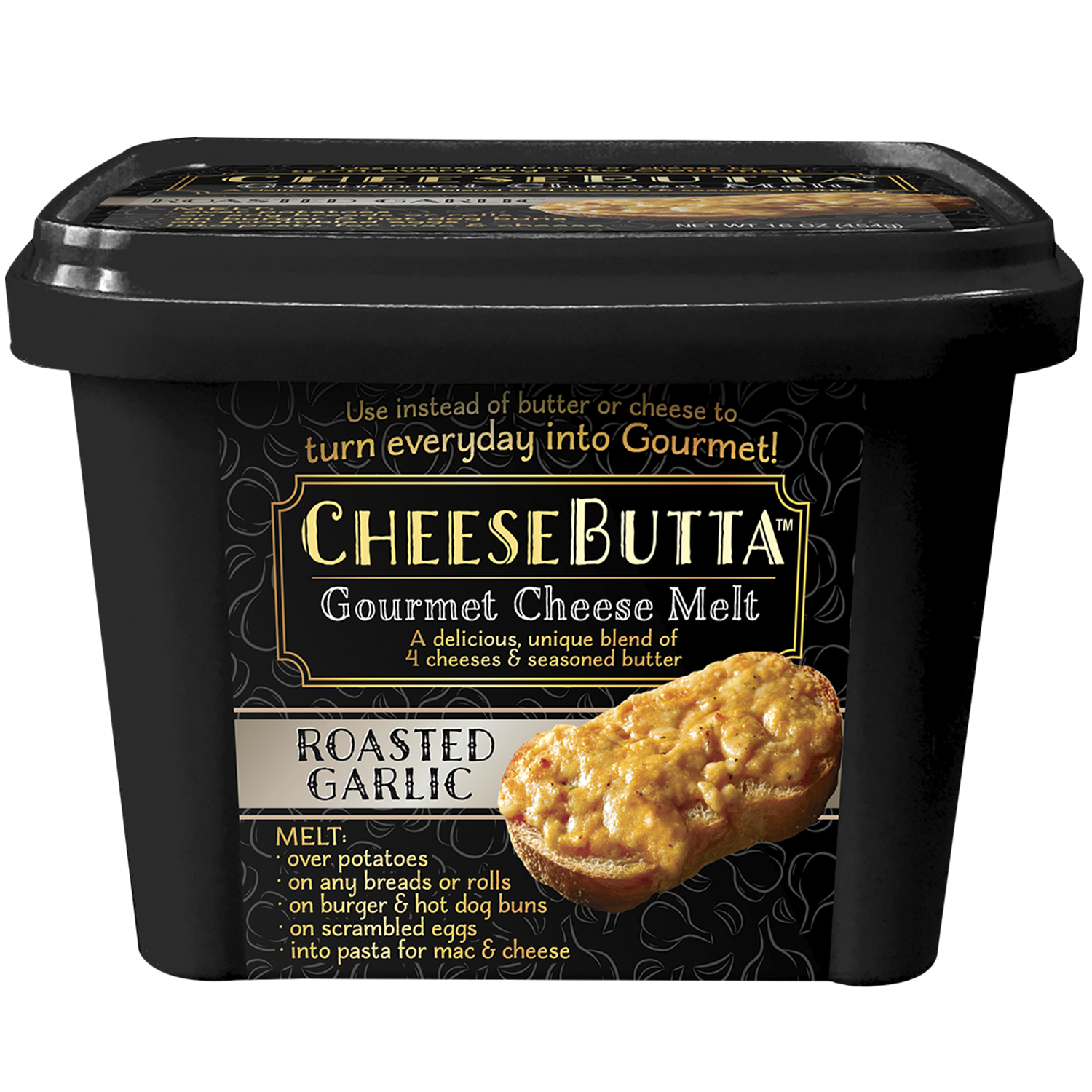Every once in a while you might notice a brick wall that serpentines instead of cutting straight across. These so-called crinkle crankle walls are more common in England, but are found here and there in the U.S. as well. Their jump across the Atlantic is probably thanks to Thomas Jefferson, who directed them to be built at the University of Virginia (UVA) in the 1800s.
“Thomas Jefferson was such a genius,” says Gary Porter, technical director at the Masonry Advisory Council. “Authorities at the time thought that Jefferson invented this design. However, he was merely adapting a well-established English style of construction.”
What Are Those Wavy Brick Walls Called?
The term crinkle crankle walls probably came from the Old English word for zigzag. Sometimes they are also called ribbon, wavy, radius, serpentine, sinusoidal or crinkum crankum walls. The Dutch engineers who originally built them in England called them slang muur, which translates to snake wall.
Why Are They Wavy?
They serpentine for economy and strength, and likely also aesthetic reasons.
A single row of bricks laid in a sine wave pattern is as strong or stronger than a standard straight wall and requires fewer bricks. (In the case of UVA’s walls, about 25 percent less.) That’s because straight walls need two rows of bricks and sometimes buttresses to survive over time, whereas wavy walls need just a single row.
“So it was more efficient, and that’s why they did it,” says Porter. “These walls actually act like an arch, and so that makes it strong for wind loads that might push on the wall.”
At the University of Virginia, that’s part of the story, but unfortunately not the whole story.
In 2018 UVA conducted a study about its historic ties to slavery. It discovered Jefferson also intended the eight-foot-tall walls to mask the use of slave labor on the campus. The walls physically and visually separated white students from the enslaved laborers, while keeping the enslaved from seeing beyond the walls. It also allowed slaveholders to more closely monitor the work being done by slaves.
Where Are Wavy Brick Walls From?

The ones we know the most about were built in England from the 1600s to the 1800s. But the idea dates at least ancient Egypt, where archaeologists noted them in several cities. The first ones in England were built by Dutch engineers draining the marshlands of an area called the Fens.
In England, many of these garden walls are aligned from east to west, enabling fruit to grow on the south-facing part of the walls. The waves kept fruit trees sheltered from the wind and warmed by the sun.
Are Brick Walls Ever Built This Way Today?
Not often. A curvy wall was more economical a century or two ago. Today, that isn’t the case.
“It’s something that has died out,” Porter says. “Using this design today would require more skill as the radius is more time-consuming for the bricklayer to lay, [plus it uses] more real estate with the widening foot-print, resulting in more construction dollars required to build.”
But Porter hopes it makes a comeback.
“It’s an attractive thing,” he says. “We need this type of masonry to reemerge. I live west of Chicago and our downtown has a lot of older buildings. When you look at the top, they have lots of details that really give the building some character and you don’t see that much today because of expense. People don’t want to spend a lot of money.”
Where Can I See Them Today?
The highest concentration of crinkle crankle walls today are in Suffolk County in the East Anglia area of England, although they are found elsewhere in the country. In the U.S., except for UVA, their locations are not well documented. We do know of a few at a library in Chicago, and one at a cemetery in Boulder, Colorado. If you know of one near you, please share it with us!
https://cats-cleaning-service-in-kentucky.business.site/?m=true
Cat's Cleaning Service 2400 Stannye Court Louisville, KY 40222 Call Us Today @ 270-823-3148 We clean a residence from the top to bottom, utilizing crevice tools and others to get in the nooks and crannies to get it Cat Clean!!!! #CleaningService #Cat'sCleaning #LouisvilleKY
https://sites.google.com/fuseologycreative.com/fuseology-creative-clients/home
Did you miss our previous article...
https://vancouver-local.com/cats-cleaning/4-types-of-grass-that-can-be-planted-in-fall-and-winter







